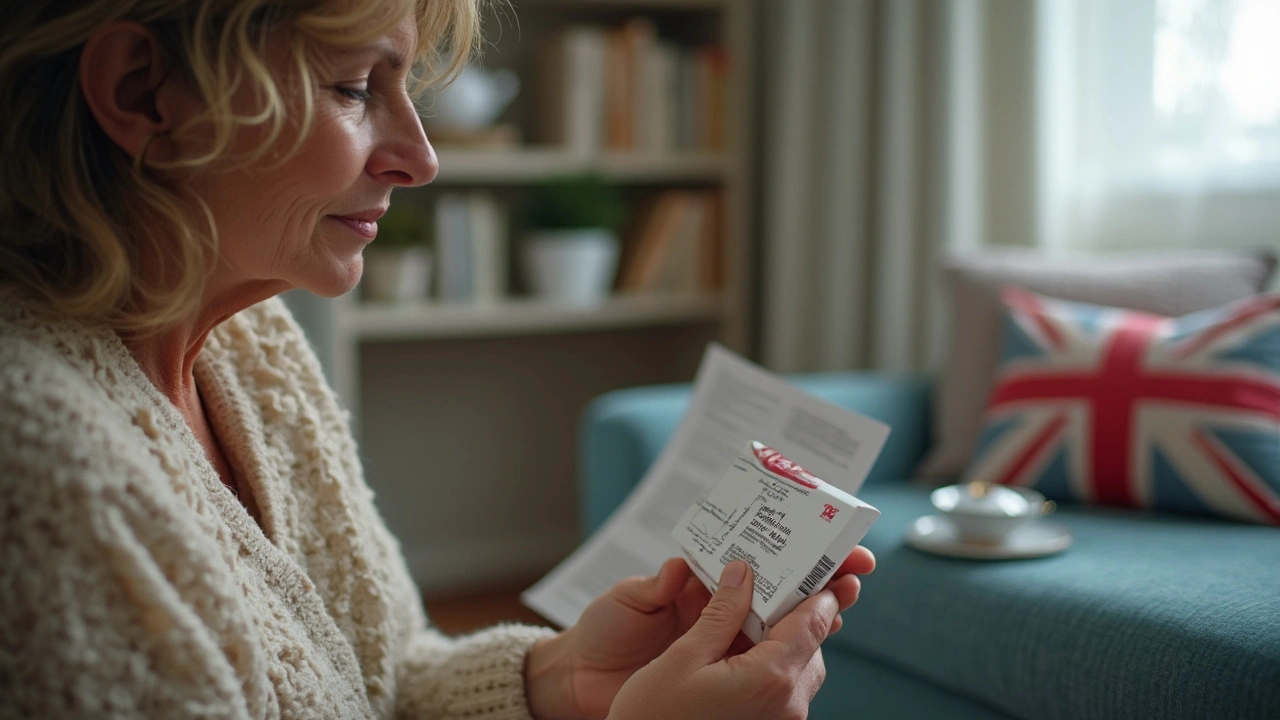Postoperative Inflammation: Spot It, Treat It, and Prevent It
Swelling and soreness after surgery are normal. But how do you tell normal healing from a problem? This guide gives simple, practical steps to recognize postoperative inflammation, reduce it safely, and know when you need medical help.
After any cut or operation your body sends blood and immune cells to the area. That causes heat, redness, swelling, and pain — the classic signs of inflammation. That response helps with healing. But inflammation becomes a problem when it’s excessive, lasts too long, or comes with infection.
Common causes and what to expect
Surgical trauma is the main cause. Other causes include trapped blood (hematoma), reaction to stitches or implants, and infection. Expect mild redness and swelling for a few days. The usual pattern: pain and swelling peak in the first 48–72 hours, then slowly improve. If symptoms get steadily worse after that, don’t ignore them.
Watch for these warning signs: fever, spreading redness beyond the wound edge, increasing pain despite pain meds, foul-smelling or greenish discharge, or the wound opening. Also be cautious if you have diabetes, weakened immunity, or you smoke — these make bad inflammation more likely.
How to manage inflammation safely at home
Start with basic care. Keep the wound clean and dry. Follow your surgeon’s dressing instructions. Rest and limit movement that stresses the area. Elevate the limb to cut swelling. Ice works for the first 48 hours if your doctor approves — use 15–20 minutes on, then 40–45 minutes off.
For pain and inflammation, over-the-counter options like ibuprofen can help most people. Acetaminophen eases pain but doesn’t reduce inflammation. Don’t mix or change doses without asking your surgeon or pharmacist, especially if you take blood thinners or have kidney issues. Topical steroid creams such as triamcinolone are sometimes used for skin inflammation but never apply them on open surgical wounds unless a doctor tells you to.
If a doctor suspects infection, they may prescribe antibiotics or drain a collection of blood or pus. Rarely, a short course of oral steroids is used to calm severe non-infectious inflammation. Always follow prescription directions and finish the full antibiotic course if given.
Need to call the clinic? Do it if you have a fever over 38°C (100.4°F), rapidly spreading redness, heavy drainage, sudden increasing pain, or if the wound opens. If you feel faint, have trouble breathing, or see signs of blood loss, go to emergency care right away.
Final practical tip: keep follow-up appointments and ask your surgeon about wound care, signs to watch, and any medicines you plan to take. If you buy meds online, use licensed pharmacies and check with your provider if something feels off. Prompt action usually makes all the difference when inflammation goes beyond normal healing.

Eye Drops for Postoperative Inflammation: Essential Tips for Faster Healing
May 6, 2025, Posted by Mike Clayton
Eye drops play a huge role in controlling inflammation after eye surgery, yet they're often underestimated. This article breaks down exactly why these drops matter, how they work, and what can go wrong if you skip them. You'll also find real-life insights, expert advice, and practical ways to use eye drops for the best recovery. Whether you're prepping for surgery or helping someone through it, you'll learn everything you need to know about post-op eye care.
MORESEARCH HERE
Categories
TAGS
- treatment
- online pharmacy
- dietary supplement
- side effects
- health
- dietary supplements
- health benefits
- online pharmacy Australia
- medication adherence
- medication safety
- thyroid disorders
- treatment option
- calcipotriol
- blood pressure
- erectile dysfunction
- closer look
- optimal health
- sexual health
- bacterial infections
- nutrition
